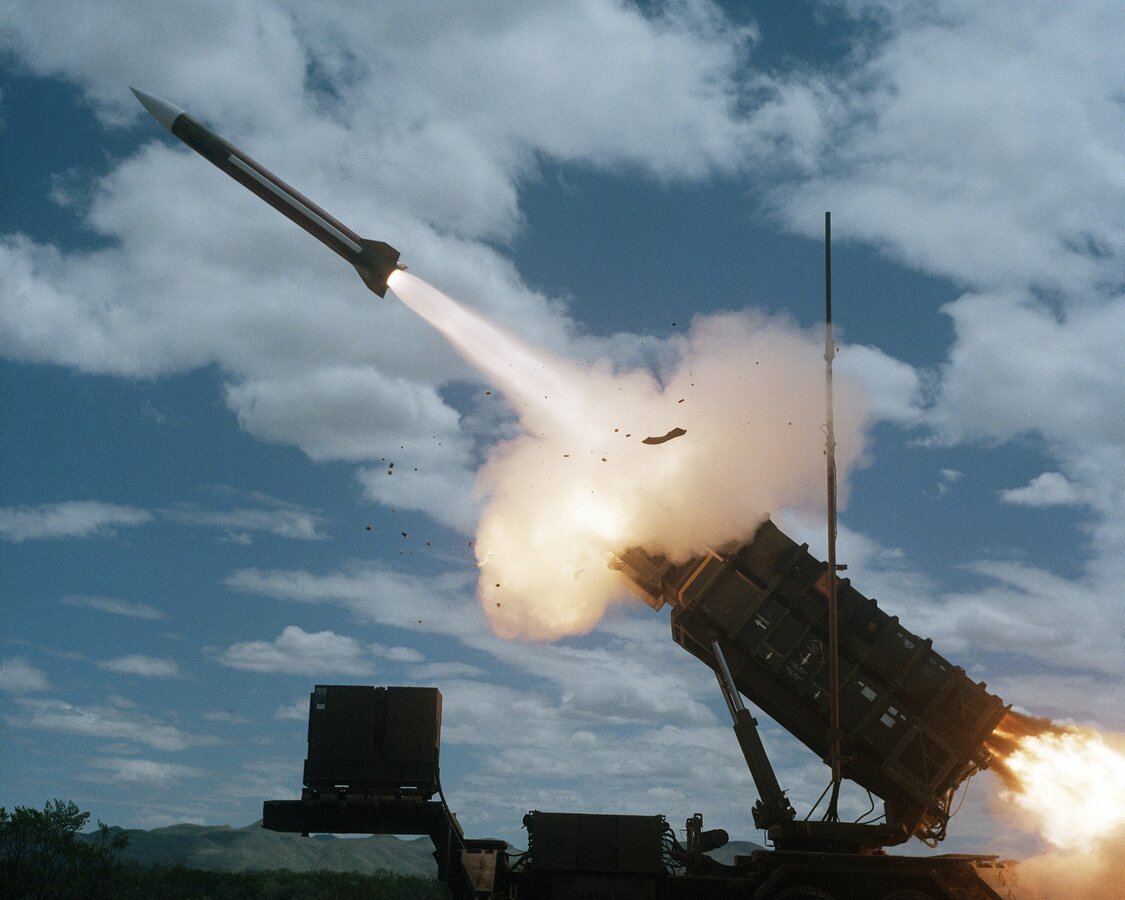THAAD or Terminal High Altitude Area Defense is a US missile defense system from Lockheed Martin.
Terminal High Altitude Area Defense or THAAD is a missile defense system designed to intercept and destroy short-, medium-, and intermediate-range ballistic missiles in their terminal (or final) phase of flight. The system plays a critical role in the U.S. ballistic missile defense architecture. It is part of a broader, layered defense strategy aimed at protecting against missile threats.
Key Features and Components of THAAD
- Interceptor Missiles: THAAD uses hit-to-kill technology, meaning that it destroys incoming missiles through kinetic energy rather than by detonating a warhead. The interceptors are highly maneuverable and are launched from a mobile launcher to engage threats at high altitudes—both inside and outside the Earth’s atmosphere.
- AN/TPY-2 Radar: The radar system is a pivotal component of THAAD, detecting and tracking incoming ballistic missile threats. The AN/TPY-2 radar is an X-band radar that can operate in two modes: forward-based (which provides early tracking information to the missile defense system) and terminal (providing more precise data during the intercept phase).
- Fire Control and Communications (TFCC): The THAAD system relies on an advanced fire control system that processes the radar data and ensures communication between the radar, interceptor missiles, and command centers. This system helps manage target identification, tracking, and interception.
- Mobile Launcher: THAAD launchers are truck-mounted and highly mobile, giving the system flexibility in deployment and operational readiness. The mobility ensures that the system can be rapidly deployed and repositioned as needed to protect various areas.
Strengths of THAAD System
THAAD is designed to complement other missile defense systems in the U.S. military’s missile defense network, which includes the Aegis Ballistic Missile Defense (BMD) system, the Ground-based Midcourse Defense (GMD) system, and the Patriot Advanced Capability-3 (PAC-3) system. By intercepting missiles in their terminal phase, THAAD can serve as an additional layer of defense, enhancing the overall efficacy of missile interception capabilities.
One key aspect of THAAD’s operational flexibility is its ability to defend against missile threats at higher altitudes and further from the target than systems like the PAC-3, which are designed for lower-altitude interceptions. This gives the system an expanded footprint and the capability to defend wider areas.
Where the US has used THAAD?
THAAD has been deployed both in the United States and abroad to protect key areas from missile threats. Notable international deployments include South Korea, where it was installed to defend against potential missile threats from North Korea. This deployment has been a point of geopolitical tension with China and Russia, who view the system’s radar capabilities as a potential threat to their own missile defense strategies.
The system has also been deployed in Guam, the United Arab Emirates, Israel, and other regions, reflecting its role in U.S. and allied defense planning. Given its mobility and interoperability with other systems, THAAD is seen as an important tool in deterring and defending against regional missile threats.
Importance of Terminal High Altitude Area Defense – THAAD
THAAD represents a crucial element in the layered defense strategy of the United States and its allies, offering a reliable means of intercepting ballistic missile threats during the terminal phase. Its strategic deployments around the globe underscore its importance in modern defense, though its deployment also raises geopolitical tensions with powers like China and Russia. While highly effective, it is not without limitations and operates best as part of a broader, integrated missile defense network.
By offering high-altitude, high-precision missile interception capabilities, THAAD helps provide a formidable defense shield against a growing array of missile threats in an increasingly volatile global security landscape.
